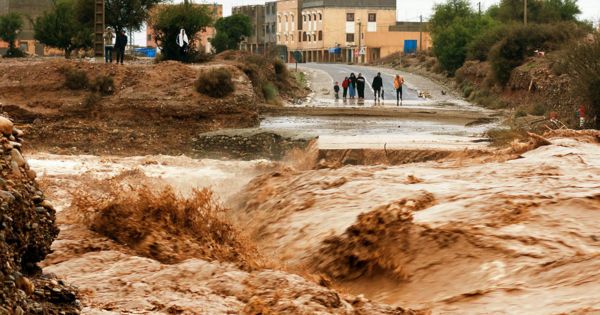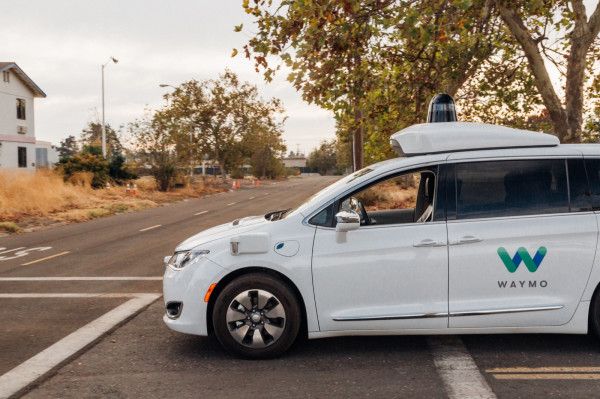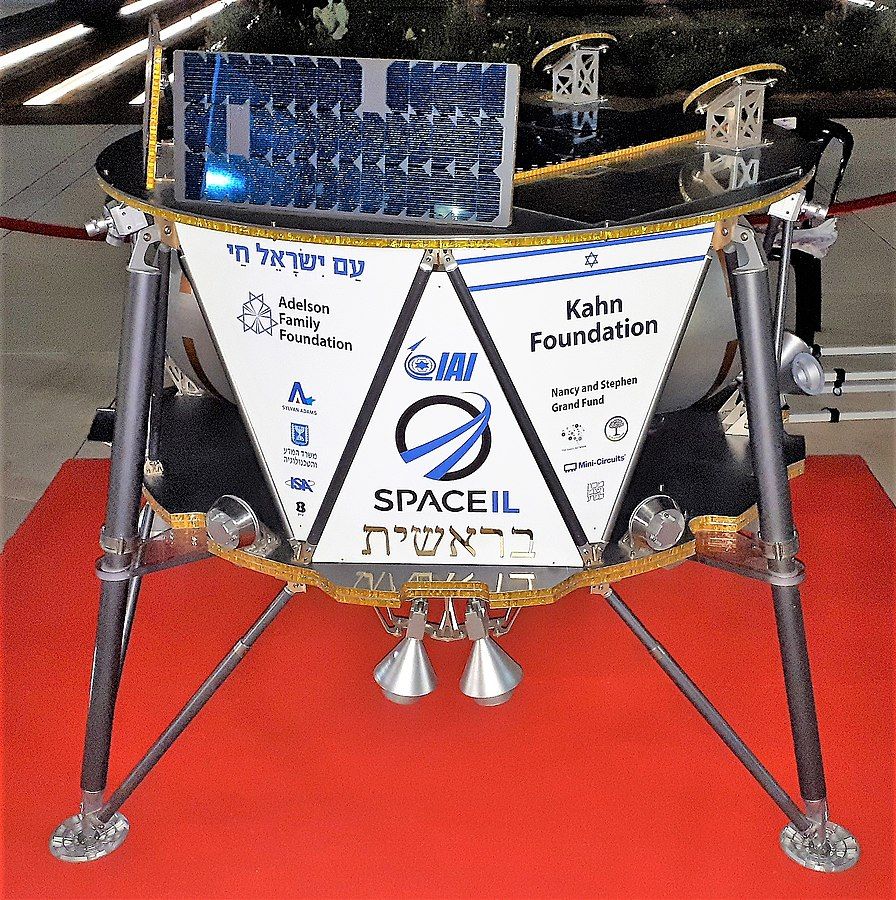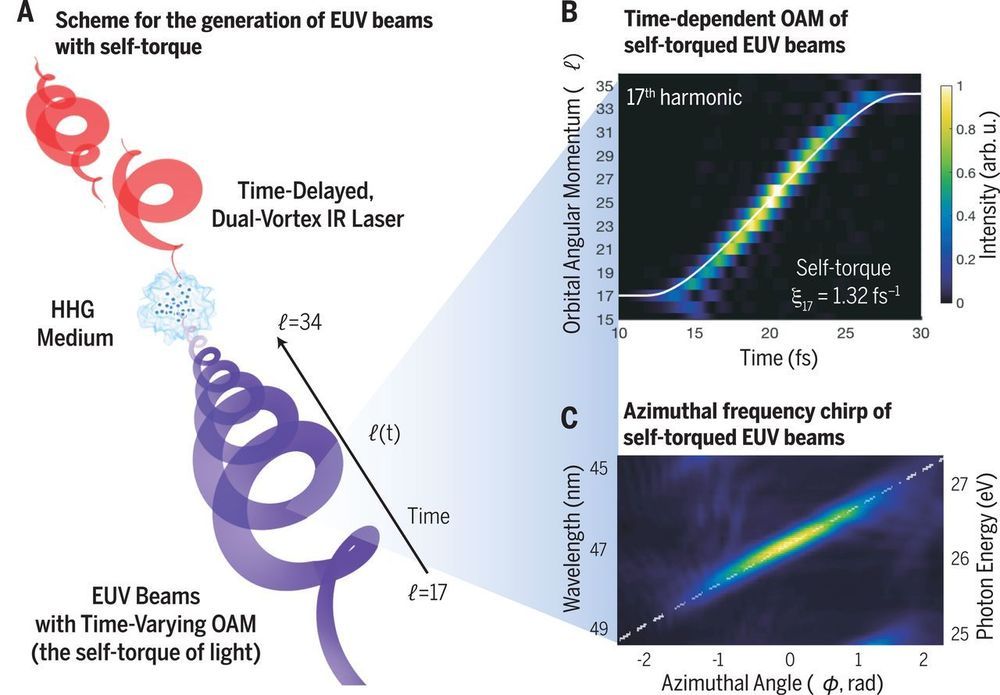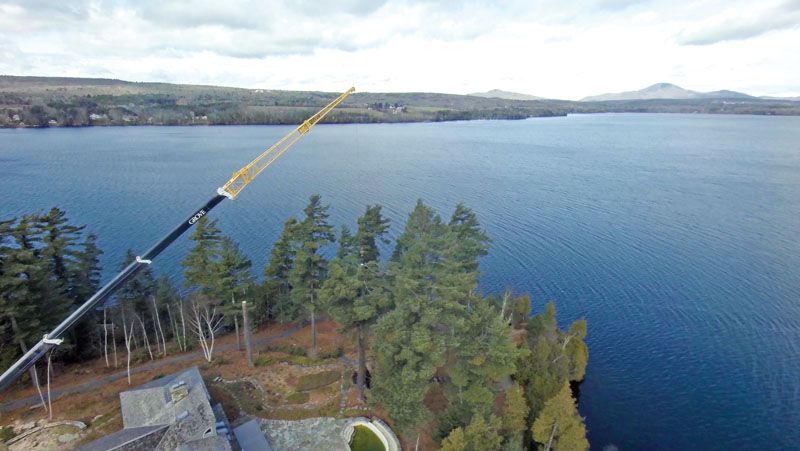Page 7634
Jun 28, 2019
Material Could Help Storm-Proof Future Buildings
Posted by Quinn Sena in categories: climatology, materials
A formerly little-known molecule created in labs by scientists could help future buildings withstand even the most ferocious of storms, tornadoes, and hurricanes by making walls that are virtually indestructible, according to new research from a team of British scientists at the University of Exeter.
The substance is known to researchers and construction experts as graphene, a combination of the prefix graphite and the suffix –ene, coined by the German scientist who pioneered it. The product has a wide array of potential applications including anti-corrosive coatings, lubricants, and motor oils. But in the last two decades, a radical new application has become apparent to those who study this innovative new product. The application of graphene in construction became apparent when researchers established that the inclusion of graphene oxide significantly increases both tensile and compressive strength in concrete composites—in other words, the world’s most common construction material can be fortified to become a kind of “super-concrete.”
Jun 28, 2019
Waymo starts self-driving pick-ups for Lyft riders
Posted by Shailesh Prasad in categories: robotics/AI, transportation
Autonomous driving company Waymo has launched its tie-in with Lyft, using a “handful” of vehicles to pick up riders in its Phoenix testing zone, per CNBC. To be eligible, Lyft users requesting a ride have to be doing a trip that both starts and ends in the area of Phoenix that it’s already blocked for for its own autonomous testing.
The number of cars on the road is less than 10, since Waymo plans to eventually expand to 10 total for this trial but isn’t there yet. Those factors combined mean that the number of people who’ll get this option probably isn’t astronomical, but when they are opted in, they’ll get a chance to decide whether to go with the autonomous option via one of Waymo’s vans (with a safety driver on board) or just stick with a traditional Lyft.
Waymo and Lyft announced their partnership back in May, and the company still plans to continue operating its own Waymo One commercial autonomous ride-hailing service alongside the Lyft team-up.
Jun 28, 2019
New AI programming language goes beyond deep learning
Posted by Genevieve Klien in category: robotics/AI
Jun 28, 2019
Physicists Discover Entirely New Quantum States When Graphene Meets Itself
Posted by Genevieve Klien in categories: nanotechnology, quantum physics
The super-thin ’wonder material’ graphene has been shaking up science for years with its amazing properties, but things get really interesting when you stack this 2D nanomaterial up against itself.
In new experiments, physicists in the US have found that when graphene is assembled in a double-layer vertical stack – with two adjacent sheets of the material that are almost touching – the proximity produces quantum states that haven’t been observed before.
These newly measured states, resulting from complex interactions of electrons between the two graphene layers, are examples of what’s called the fractional quantum Hall effect – and it’s just the latest example of how physical science gets weird when materials effectively only occupy two dimensions.
Jun 28, 2019
SpaceIL Scraps its Plans to go Back to the Moon. Instead, it’s Got a New Secret “Significant Objective” for Beresheet 2
Posted by Genevieve Klien in category: space travel
SpaceIL says the Moon is old news. They’ll be sending Beresheet 2, the original Beresheet’s successor, to a location that they’re keeping secret. For now.
Jun 28, 2019
Jason—a secretive group of Cold War science advisers—is fighting to survive in the 21st century
Posted by Derick Lee in categories: biotech/medical, engineering, government, science
With the end of the Vietnam and Cold wars, Jason members began to branch out from physics and engineering. In 1977, they did their first assessment of global climate models and later advised DOE on which atmospheric measurements were most critical for the models. Since the mid-1990s, Jason has studied biotechnologies, including techniques for detecting biological weapons.
After near-death experience, top scientists seek a long-term home in the U.S. government.
Jun 28, 2019
Generation of extreme-ultraviolet beams with time-varying orbital angular momentum
Posted by Genevieve Klien in categories: nanotechnology, particle physics
Structured light beams can serve as vortex beams carrying optical angular momentum and have been used to enhance optical communications and imaging. Rego et al. generated dynamic vortex pulses by interfering two incident time-delayed vortex beams with different orbital angular momenta through the process of high harmonic generation. A controlled time delay between the pulses allowed the high harmonic extreme-ultraviolet vortex beam to exhibit a time-dependent angular momentum, called self-torque. Such dynamic vortex pulses could potentially be used to manipulate nanostructures and atoms on ultrafast time scales.
Science, this issue p. eaaw9486.
Jun 28, 2019
MIT’s new interactive machine learning prediction tool could give everyone AI superpowers
Posted by Genevieve Klien in categories: biotech/medical, business, robotics/AI
Soon, you might not need anything more specialized than a readily accessible touchscreen device and any existing data sets you have access to in order to build powerful prediction tools. A new experiment from MIT and Brown University researchers have added a capability to their ‘Northstar’ interactive data system that can “instantly generate machine-learning models” to use with their exiting data sets in order to generate useful predictions.
One example the researchers provide is that doctors could make use of the system to make predictions about the likelihood their patients have of contracting specific diseases based on their medial history. Or, they suggest, a business owner could use their historical sales data to develop more accurate forecasts, quickly and without a ton of manual analytics work.
Researchers are calling this feature the Northstar system’s “virtual data scientist,” (or VDS) and it sounds like it could actually replace the human equivalent, especially in settings where one would never actually be readily available or resourced anyway. Your average doctor’s office doesn’t have a dedicated data scientist headcount, for instance, and nor do most small- to medium-sized businesses for that matter. Independently owned and operated coffee shops and retailers definitely wouldn’t otherwise have access to this kind of insight.
Jun 28, 2019
Aerial Drone Photography: The Secret is in the Lens
Posted by Genevieve Klien in category: drones
One simple pro mod for better aerial images
Multirotors and sports cameras are very nearly synonymous at this point in time. The popularity of one has undoubtedly boosted the popularity of the other. I bought my first DJI Phantom in part because I already owned a GoPro and wanted to see if I could make it fly. For others, it may be that they already owned a quadcopter and wanted to see if they could lift a camera with it. Yet this mutually beneficial symbiosis hasn’t led to any significant changes in the way sports cameras are made, notably the lens. But with a simple modification, you can make that camera even more sky-worthy.
Fishes don’t fly.
